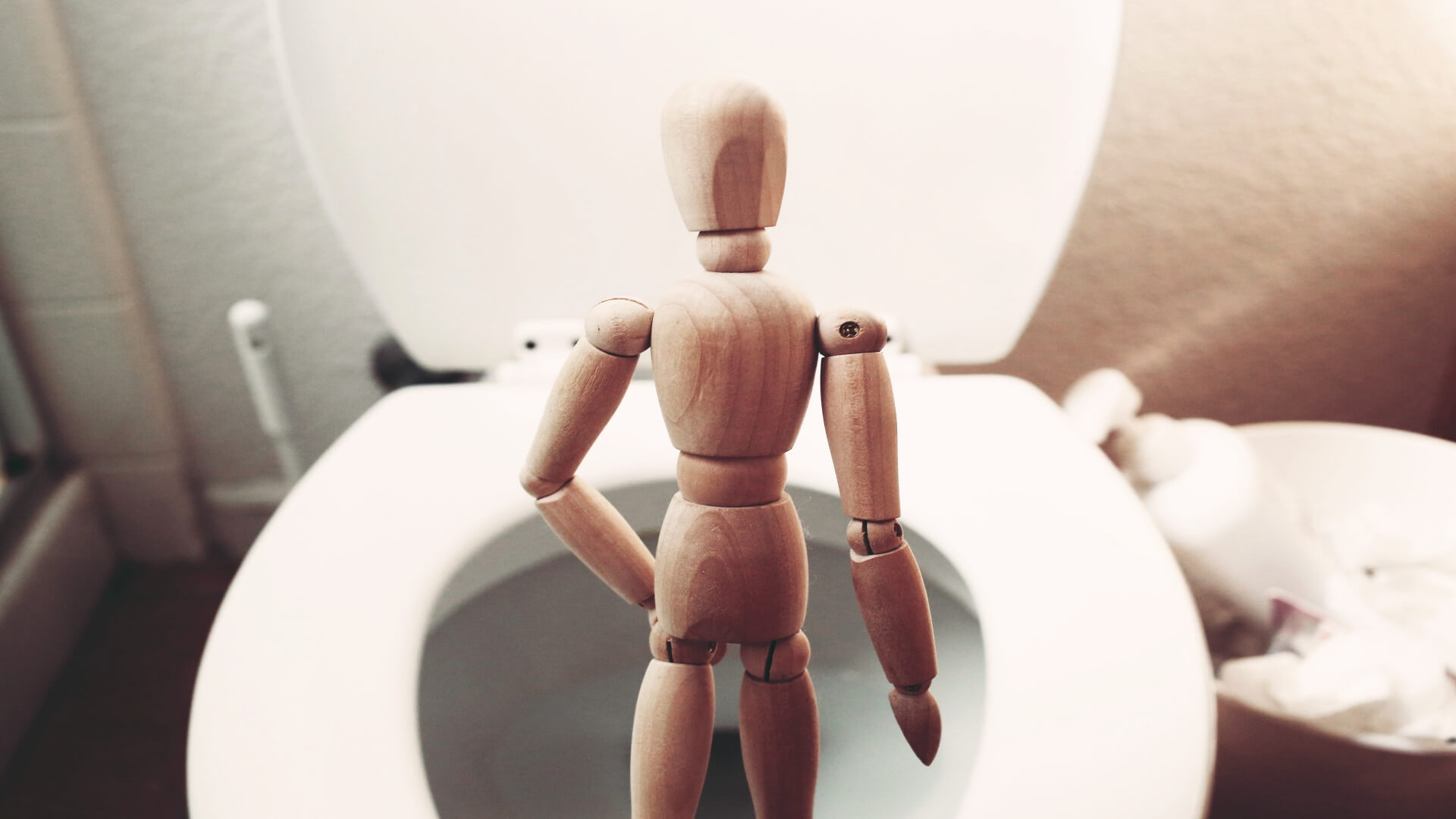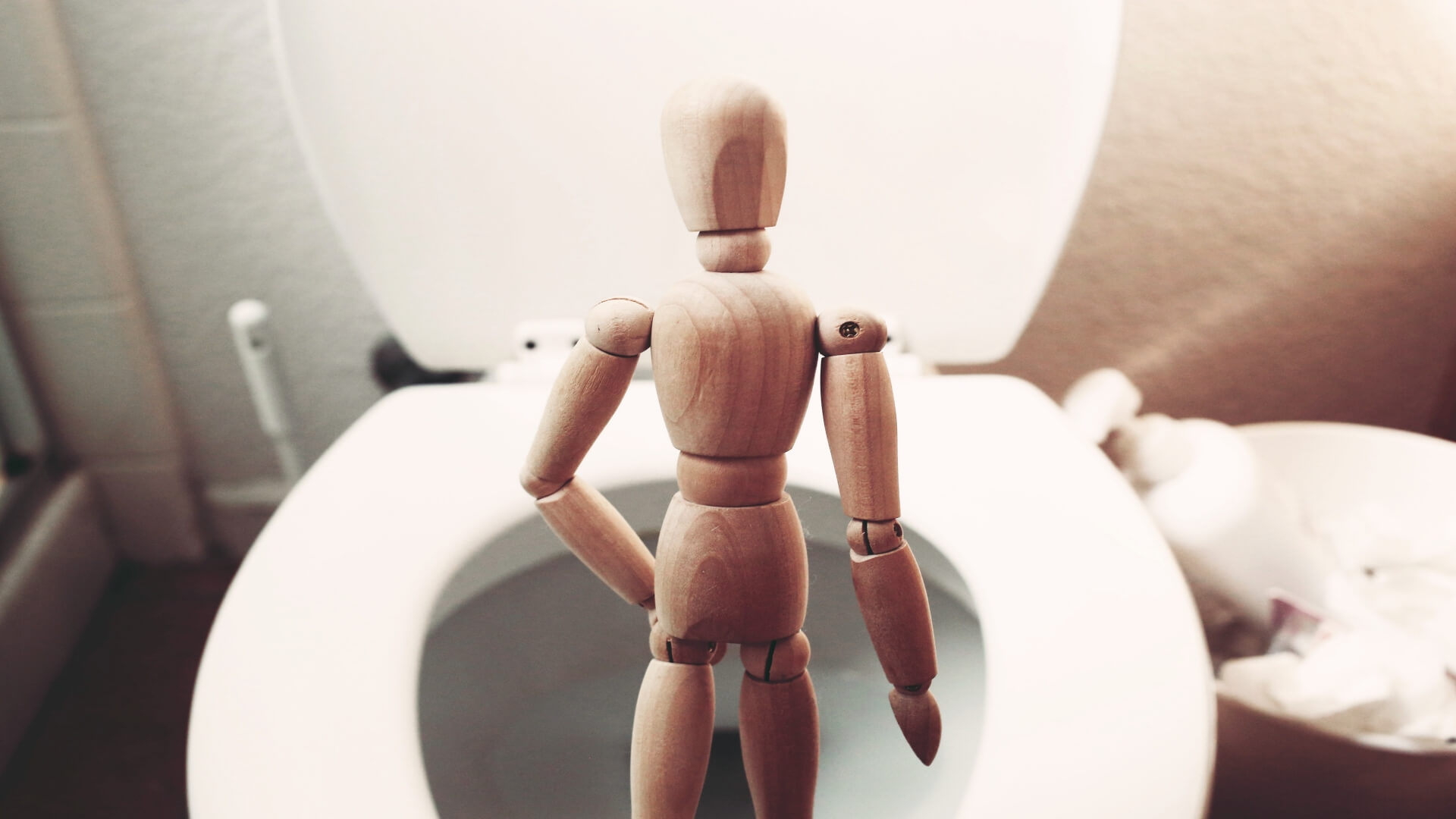Stress incontinence is a common and often embarrassing type of urinary incontinence that can affect people of any age. However, it is particularly predominant in older adults, especially women who have recently given birth. Stress incontinence occurs when physical exertion or activity puts pressure on your bladder, such as coughing, sneezing, laughing, or doing heavy lifting.
There are many potential causes for stress incontinence, but some are more common than others. Let’s
dive into the primary causes and what you can do about them.
Pregnancy and childbirth
It should come as no surprise to find a link between incontinence and stress during pregnancy and childbirth. During these stages, many changes happen in the body that can affect the pelvic floor muscles, leading to weakened muscles and an increased risk of stress incontinence. Fortunately, there are measures you can take to reduce your risk of experiencing stress incontinence during pregnancy. For instance, doing Kegel exercises regularly throughout pregnancy can help strengthen the pelvic floor muscles in preparation for delivery.
Obesity
Carrying excess weight puts additional strain on the body, which increases pressure on your bladder and thus increases your risk of experiencing stress incontinence. Maintaining a healthy weight is extremely important to reduce your chances of developing stress incontinence. It’s also important to note that losing weight too quickly through crash dieting or extreme workouts may increase your risk because it weakens your abdominal muscles too rapidly. A slow-and-steady approach is best for achieving a healthy weight safely and reducing your risk of developing stress incontinence.
Hysterectomy
Undergoing is another common cause of stress incontinence due to damage sustained during surgery or nerve damage from the anaesthesia used during surgery. While this procedure may be necessary in some cases due to medical complications such as cancer or fibroids, it’s important for women considering this procedure to understand the risks associated with it so they can make an informed decision about their treatment options. If you decide that a hysterectomy is right for you, there are measures you can take before and after surgery that will help minimise its effects on your pelvic floor muscles, such as doing regular Kegel exercises before surgery and receiving physical therapy after surgery.
Uterine prolapse
Uterine prolapse occurs when pelvic floor muscles weaken or stretch from childbirth or menopause. This weakening can cause the uterus to drop down into the vagina, which then puts pressure on the bladder leading to urinary leakage. Treatments for uterine prolapse often involve lifestyle changes such as exercise, weight loss, Kegel exercises, etc. Still, more severe cases may require surgery to correct the prolapse and reduce symptoms associated with stress incontinence.
Conclusion
No matter what caused it, living with stress incontinence doesn’t have to be part of life forever. With proper diagnosis and treatment options available today, you don’t have to suffer in silence anymore. With the treatments available now more than ever before, there’s never been an easier time for people suffering from stress incontinence to find relief from their symptoms.




















